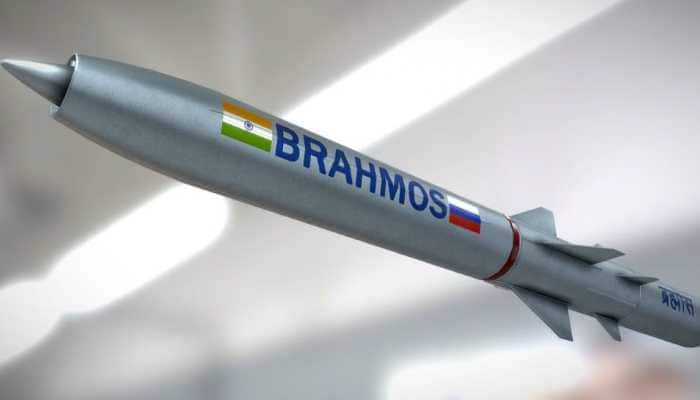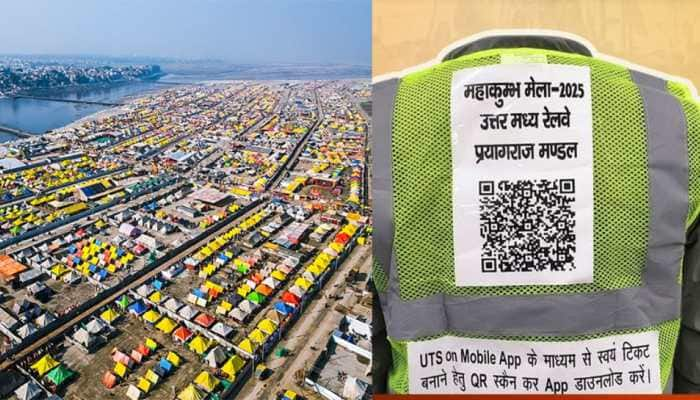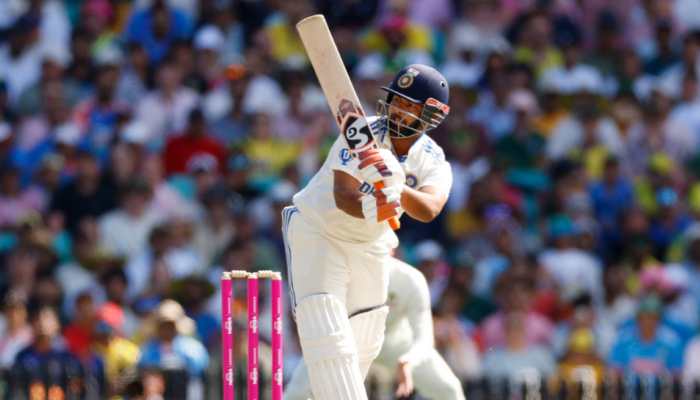Asteroids moon's main water supply: Study
Water reserves found on the moon are the result of asteroids acting as "delivery vehicles" and not of falling comets as was previously thought, new research has found.
Trending Photos
)
London: Water reserves found on the moon are the result of asteroids acting as "delivery vehicles" and not of falling comets as was previously thought, new research has found.
Using computer simulation, the scientists discovered that a large asteroid can deliver more water to the lunar surface than the cumulative fall of comets over a billion year period.
At the beginning of the space age, during the days of the Apollo programme, scientists believed the moon to be completely dry.
However, in the1990s, obtaining data from NASA's Lunar Prospector probe, scientists found signs of the presence of water on the moon.
In recent years, lunar missions (the Indian Chandrayan probe, the American LRO, data from the Cassini probe and Deep Impact) have brought scientists new information that there are indeed considerate quantities of water and hydroxyl groups in the near-surface soil on the moon.
"We came to the conclusion that only a very small amount of water that arrives with a comet stays on the moon, and from this decided to explore the possibility of an asteroid origin of lunar water," said one of the researchers VV Shuvalov from Moscow Institute of Physics and Technology in Russia.
The scientists decided to take a closer look at asteroids and found that they consist of initially non-differentiated construction materials of the solar system and contain a rather considerable proportion of water.
One-third of all asteroids that fall on the moon have a velocity of less than 14 km per second just before impact. When this happens, the major part of the fallen body remains in the crater: 30-40 percent is left after an oblique impact, and 60-70 percent after a vertical one.
"We have concluded that the fall of asteroids containing water could generate "deposits" of chemically bounded water inside some lunar craters," Shuvalov said.
"The fall of one two-kilometre size asteroid with a rather high proportion of hydrated minerals could bring to the moon more water than all of the comets that have fallen over billions of years," he noted.
The research was discussed in an article recently published in the journal Planetary and Space Science.
Stay informed on all the latest news, real-time breaking news updates, and follow all the important headlines in india news and world News on Zee News.
Live Tv







)
)
)
)
)
)
)
)
)
)
